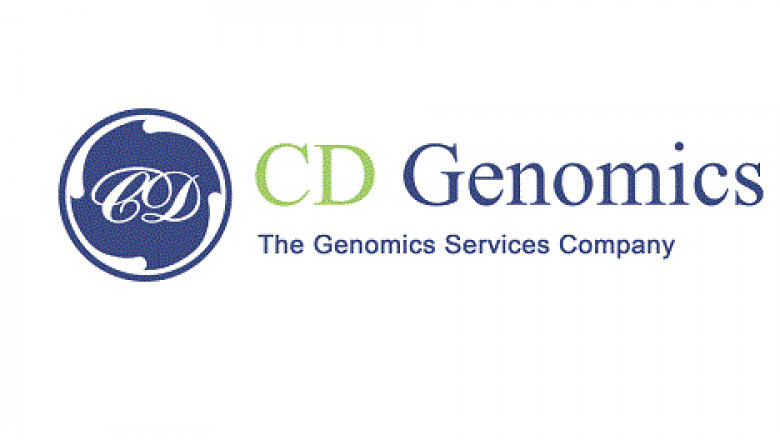views

The cell is the basic unit of life. Most current studies on the human genome, cancer or other fields are still conducted from the population level, and the results are often the mean value of gene expression in cell populations or only represent information on the vital activities of numerically dominant cells, while failing to accurately reflect much of the information on cellular heterogeneity and ignoring the variability of gene expression regulation between cells.
Traditional high-throughput sequencing methods are difficult to apply to transcriptome analysis of rare circulating tumor cells, the research of the earliest differentiation characteristics of human embryogenesis, and the study of tumor non-homogeneity and microevolution. For example, it is often impossible to determine whether two genetic mutations occur in the same tumor subclone or in different tumor subclones. With the development of sequencing technology, as well as cell isolation and whole genome amplification, single-cell sequencing technology, which sequences genomes at the level of individual cells, has gradually emerged to solve the problem of inaccessibility of microsamples for detection on the one hand, and to better resolve the heterogeneity of genetic variation among different cells on the other.
Single-cell sequencing (SCS) can be used to obtain the sequence differences of cells in a specific microenvironment to facilitate the study of functional differences, etc. DNA sequencing of individual cells can help us understand small-scale cellular variation in cancer, for example, while RNA sequencing can help us understand and identify different cell types and the genes they express, which can be useful for studying developmental biology. It helps us to study genomics, transcriptomics, and epigenomics with precision at the individual cell level.
Compared with traditional whole-genome sequencing at the multicellular level, single-cell sequencing not only measures gene expression levels more precisely, but also detects trace amounts of gene expressions or rare non-coding RNAs.
With the emergence of 10X Genomics, Drop-seq, Micro-well, Split-seq and other technologies in 2015, single-cell sequencing has been widely used in scientific research and clinical research. In 2018, single-cell sequencing technology is applied to tumor micro-environment research, immunotherapy, animal and plant embryonic development, cardiovascular diseases development and many other fields, and other new technologies of single-cell detection are also emerging.
Cell Isolation
Single-cell sequencing requires that cell populations in tissues or body fluids are first separated into individual cells. The main techniques include gradient dilution, micro-manipulation, fluorescence-activated cell sorting, microfluidics, and laser capture microdissection, etc. The core strategies include isolating individual cells and constructing sequencing libraries independently; the other is labeling-based single cell identification (Barcode). For transcriptome, the barcode only needs to be added to the 5' end of the poly T primer. If the sequencing target is DNA, such as the whole genome, the barcode needs to be added in another way, which is currently achieved mainly by a modified and efficient transposase, Tn5.
Genome Amplification
Single-cell whole genome amplification (WGA) is the efficient amplification of minute amounts of genomic DNA obtained by lysis of individual cells to achieve high coverage. The most commonly used technique is multiplexed displacement amplification (MDA). Single-cell transcriptome amplification requires reverse transcription of mRNA into cDNA by PCR. Smart and Smart-seq2 are the commonly used full-length mRNA amplification techniques.
Single-cell whole genome sequencing (scWGS) based on next-generation sequencing is a powerful tool to study genetic variation at the whole-genome level, including copy number variation (CNV) and single nucleotide variation (SNV), at the single-cell level, which in turn can be used to study genetic heterogeneity among cells, cell lineage differentiation, and clonal evolution.












